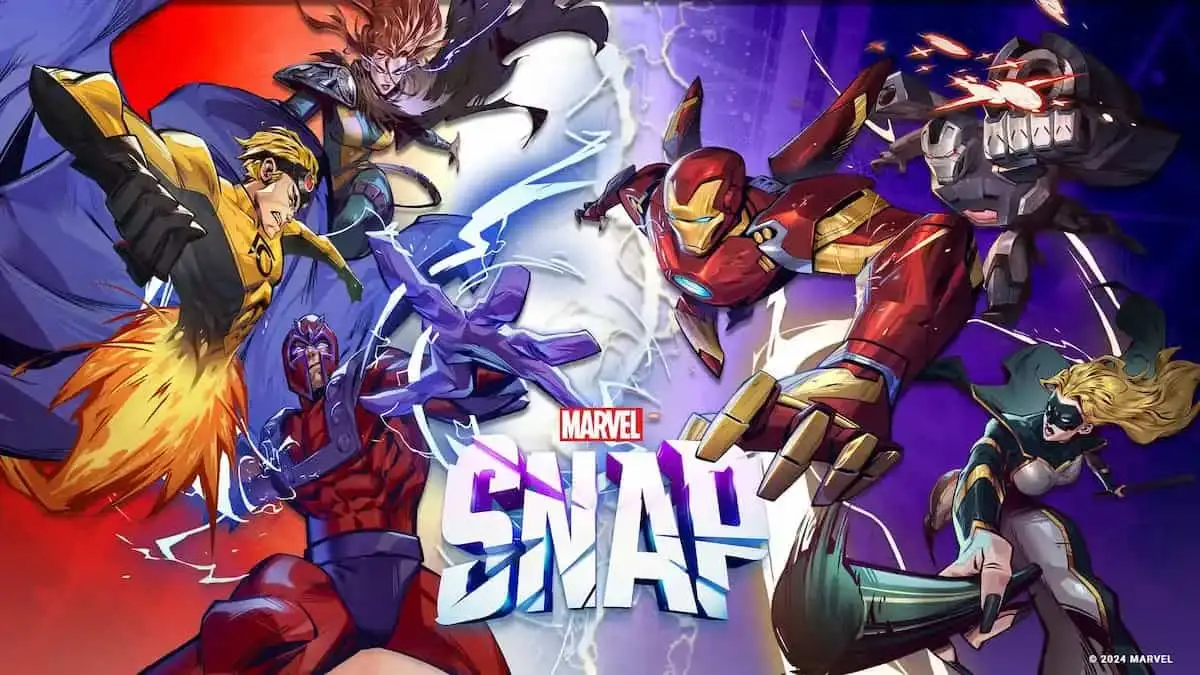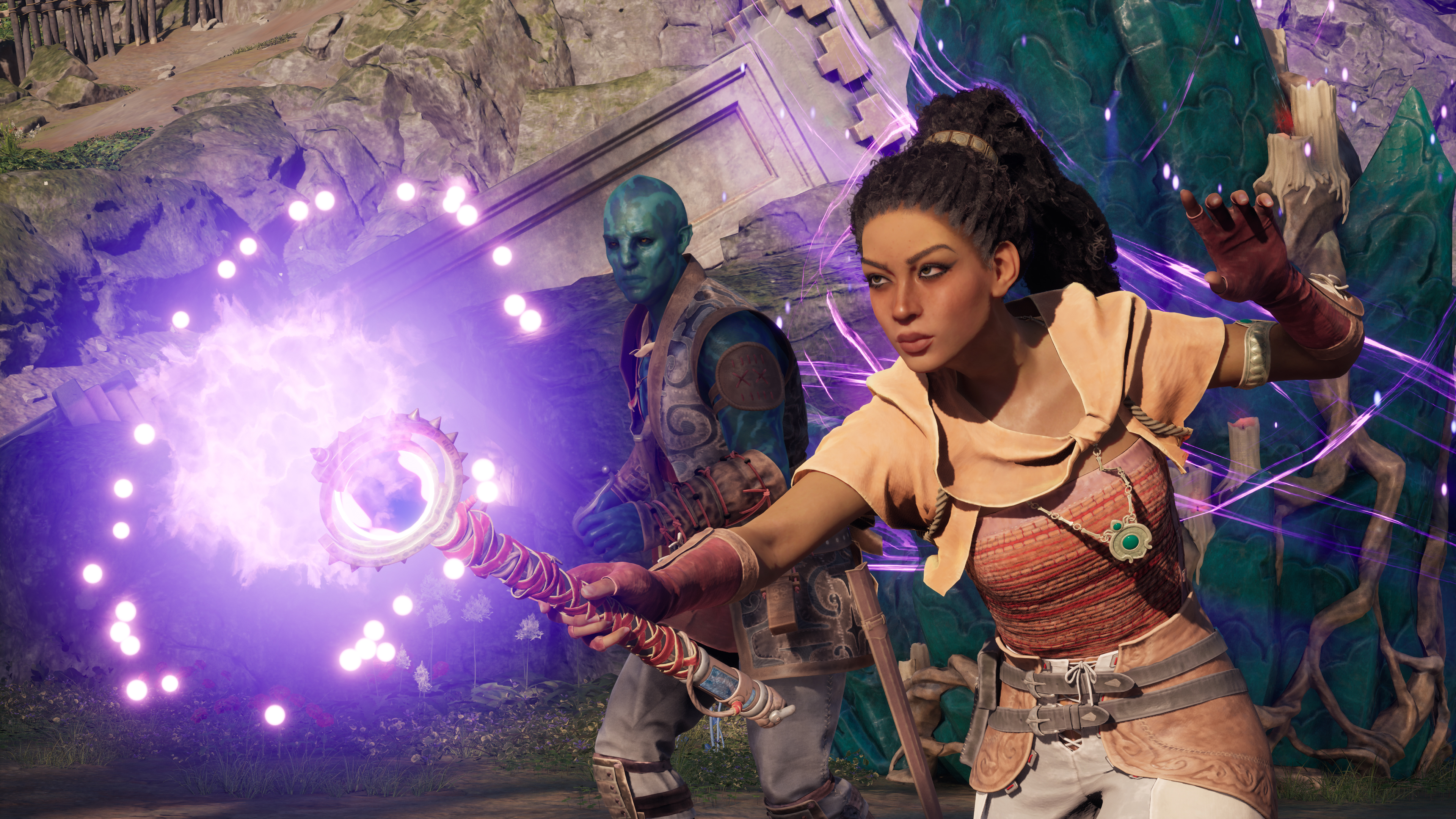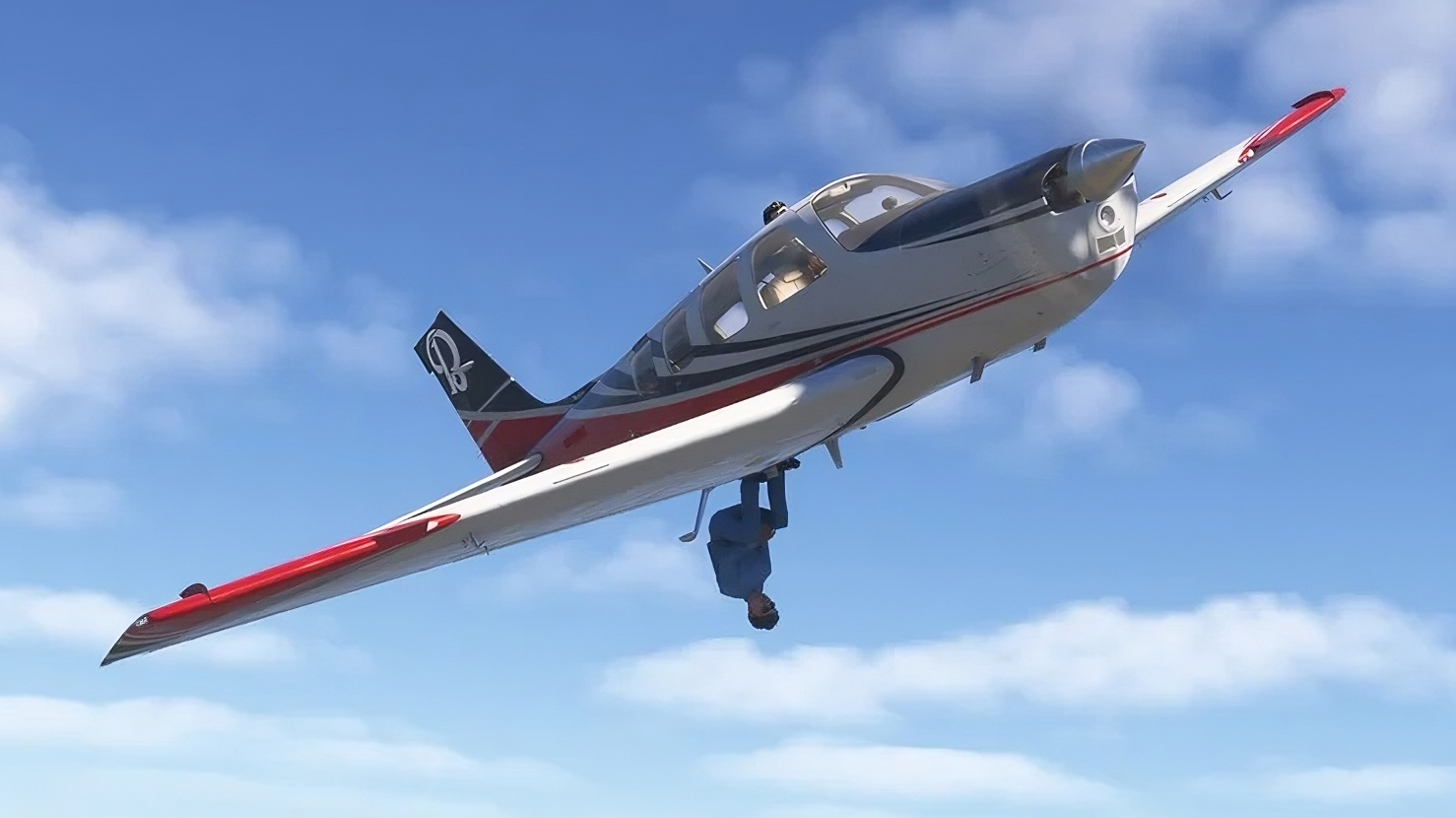
Valve officially ended the Dota Pro Circuit (DPC) with a news post last week. They outlined the problems and challenges of the circuit and the strain it put on the competitive ecosystem.
As early as 2019, we discussed how the DPC may harm competitive Dota 2, and the challenges it creates for Dota 2 event organizers.
Finally, the powers that be came to their senses, but is it too late?
Source: Valve
The Dota Pro Circuit was never really a proper circuit
Valve first introduced the system back in 2017 as an alternative to the direct invite and returning International Champions system. The previous system had many flaws, notably the direct invite for International Champions. Many teams felt that not all former champions deserved the direct invite for their poor recent performance. For instance, Natus Vincere and Alliance fell off since TI5 but still got invited to play at the coveted TI Championship.
The original goal was noble. The Dota Pro Circuit aimed to centralize all Dota 2 competition and create a consolidated competitive ecosystem.
However, it failed to discriminate between main and wildcard regions, and treated the competitive scene like a monolith. Every region got an even share of DPC points, allowing underperforming teams in less-competitive regions to still secure a top-twelve finish on the DPC Leaderboards.
Third Party Events Never Stood a Chance
The intense the competitive calendar was hoarding 8 months a year and discouraging any third party events. It put a strain on the players who had to stay competing or lose out on qualifying for TI. DPC points up for grabs at the Majors were top-heavy, yet even then the champions in a major secured a mere 400 DPC points, which was similar to winning a regional league.
Even this season, the imbalances in point distribution let Team Liquid place first on DPC leader boards over Gaimin Gladiators, who won all three majors.
Image source: PGL
How should Valve run Dota 2 esports instead? – The CS:GO model
CS:GO has one of the most sustainable esports scenes while still relying on third party organizers and decentralized rankings. Valve only celebrates and sponsors two Majors annually, each averaging approximately $1M in prize pool. Third-party organizers such as BLAST and ESL take care of the premier series, and a plethora of minor organizers take care of the grassroots initiatives.
These organizers have their own leaderboard system exclusive from Valve’s, but still offer a reliable pathway towards securing direct invites to their own Championships. Valve themselves use their own Regional Major Ranking (RMR) system to let teams compete regionally and secure invites to their own Majors. This dynamic leaderboard systems may seem rather common. Valve isn’t monopolizing the entire scene with overextended leagues.
Letting third-party organizers plan ahead for more tournaments of the same calibre as Valve’s hosting capabilities just makes more sense from a sustainable perspective. When it comes to Dota, it’s possible that Valve will partner with established tournament organizers to host tournaments of their own accord in a similar manner. We will have to see if Beyond the Summit, WePlay, EPICENTER and everyone else actually bite into this.
If the future system doesn’t revolve around transferable Division 1 slots, we’ll see more teams sticking together and not buying and selling slots for a profit. That will only be possible if there isn’t just one system that holds the most stakes for every team hoping to make it in the Dota 2 esports ecosystem.
However, that would require Valve to implement lesser leagues and majors, or none at all. This could also be viable if Valve just relied on team performances across every tournament that are hosted by these established organizers.
By implementing a tier-grading system for how much points each tournament holds, Valve will be killing two birds with a stone in implementing a sustainable and less monopolized Dota 2 esports.






